On the island of Spildra, in the Kvænangen fjord in northern Norway, we follow Ingvild, a member of the Sami parliament and Marit, a norwegian archeologist.
Every year they come back to Spildra to take care of the different Sami sites. Indeed, you can still find on the island sacrificial sites from the Sami, Human Graves, Bear Graves & much more.
Ingvild and Marit have a mission : preserve, maintain and document these incredible remains that are, for some of them, more than 1000 years old.
Sami Religion
The Sami religion is polytheistic; they have gods for different aspects of their lives such as hunting, fishing, weather conditions.. Their beliefs are intrinsically related to animism, making them see a life force within all things from the natural world such as rocks, rivers, mountains, animals…
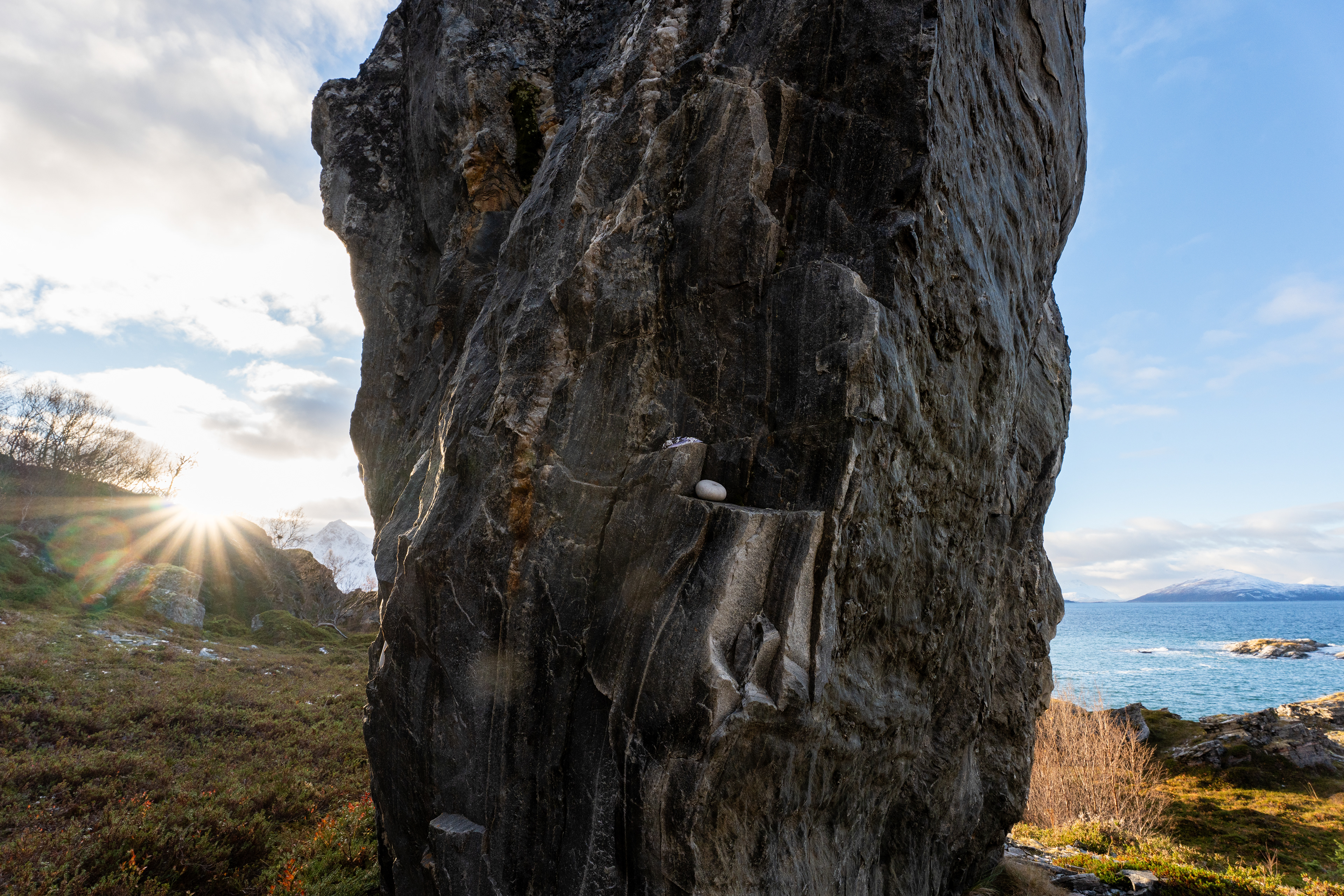
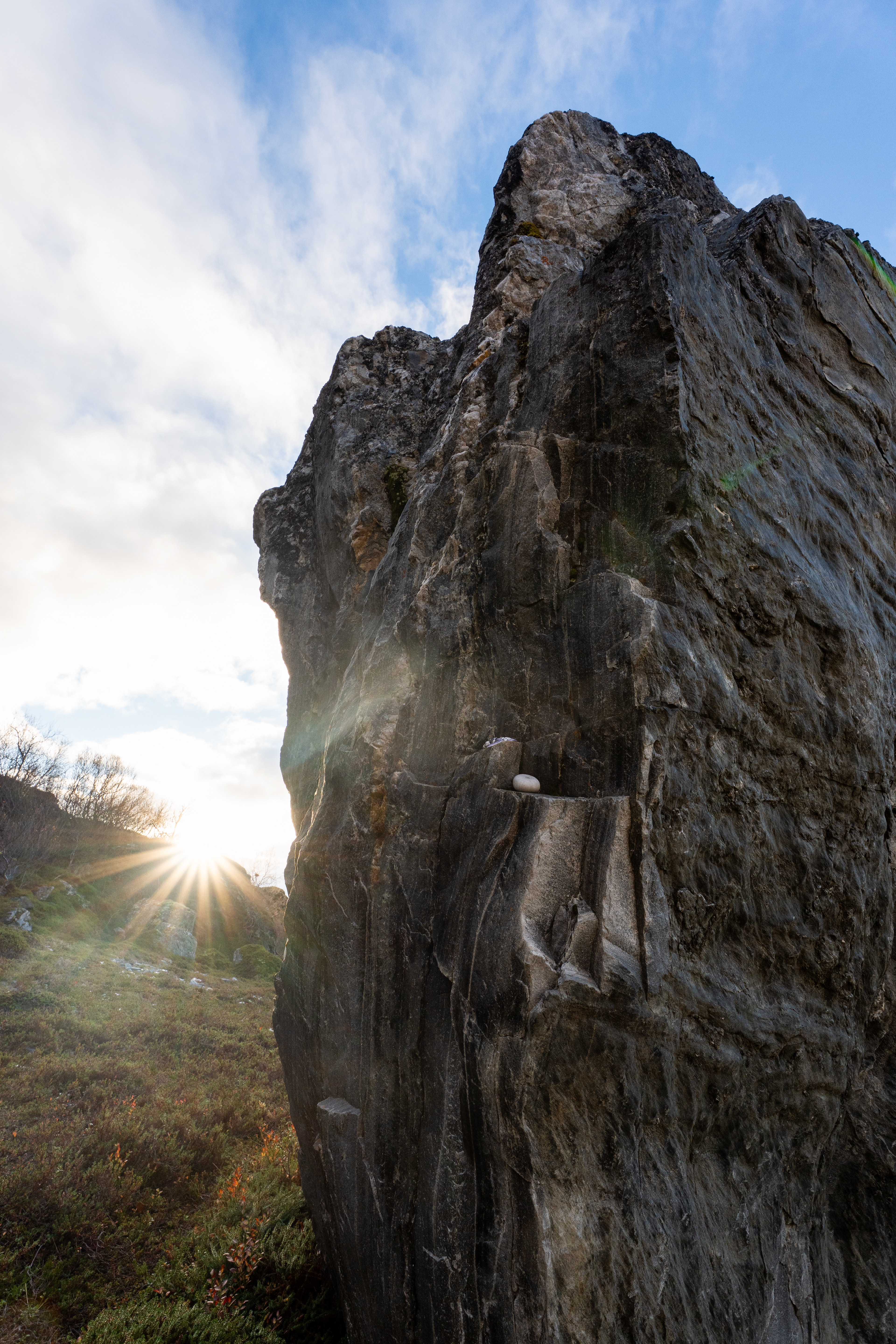
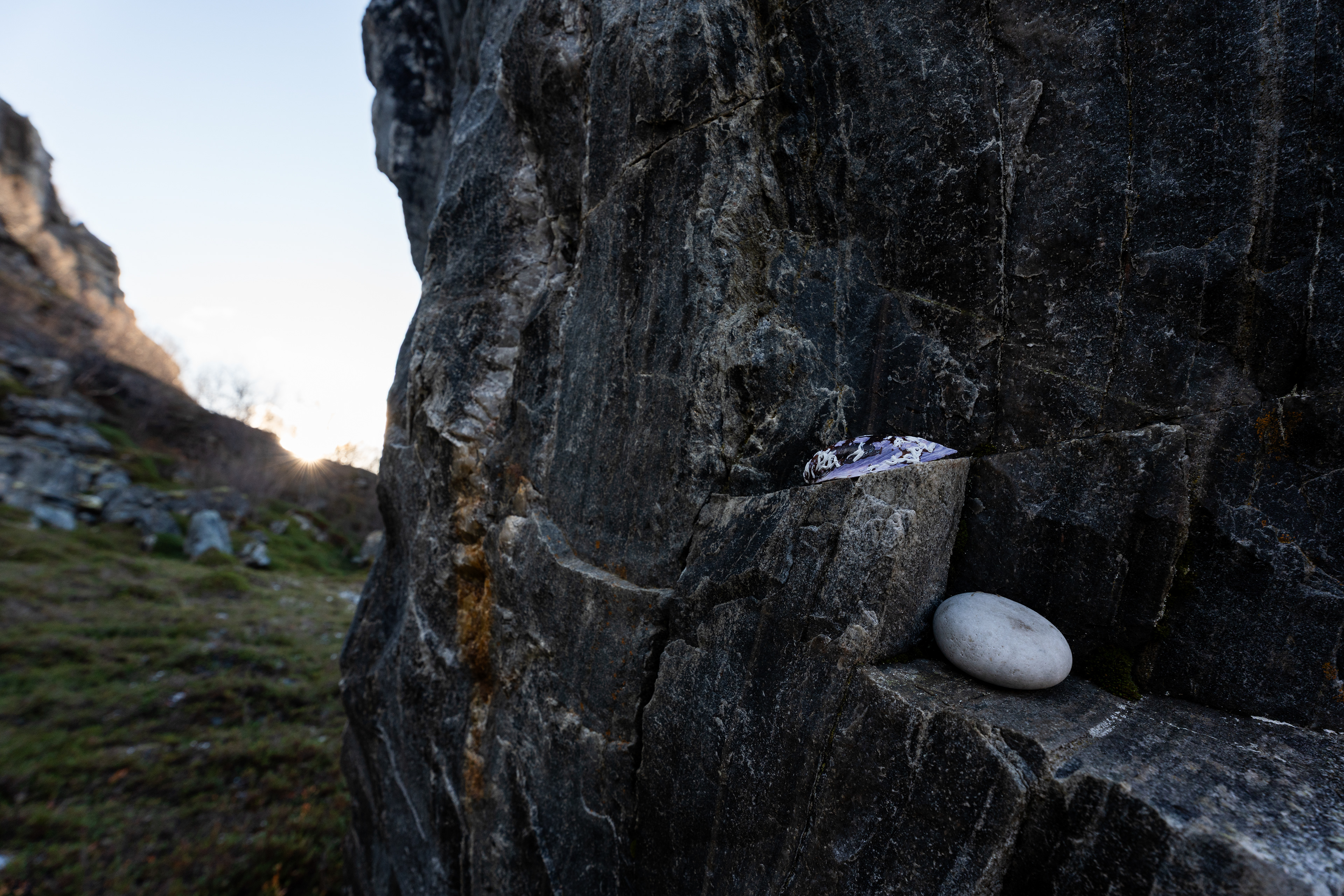
The Priest's Rock - A Sieidi where you can see offerings have been made.
In this image you can see a Sieidi, a holy rock or sacrificial rock to whom we made offerings because it was considered to have high powers in specific fields of life. Once the offerings were made, it was believed that they would get something in return. So if you would make offerings to the Sieidi of the Halibuts for instance, you would later on have good fishing results.
Sami Human Graves
On Spildra, you can also find remains of Sami Graves just like this one.
In this cave lay the skeletons of two individuals, one of a woman and one of a young girl who was probably 12 years old when she died. They were buried among other remains : a bone from a herring gull and one from a bear.
Human Grave, Spildra - The carbon dating positions the grave between 1165 AD and 1410 AD.
The Bear Cult
The Bear had a very important place in Sami culture. It was considered to be a special animal, more than any other, who was in contact with both the spiritual world and the human world.
It was believed that the bear would reborn in Sáiva, one of the otherworlds after death. And there, he would talk to his fellows saying how good it was to be honoured by humans and feasted upon.
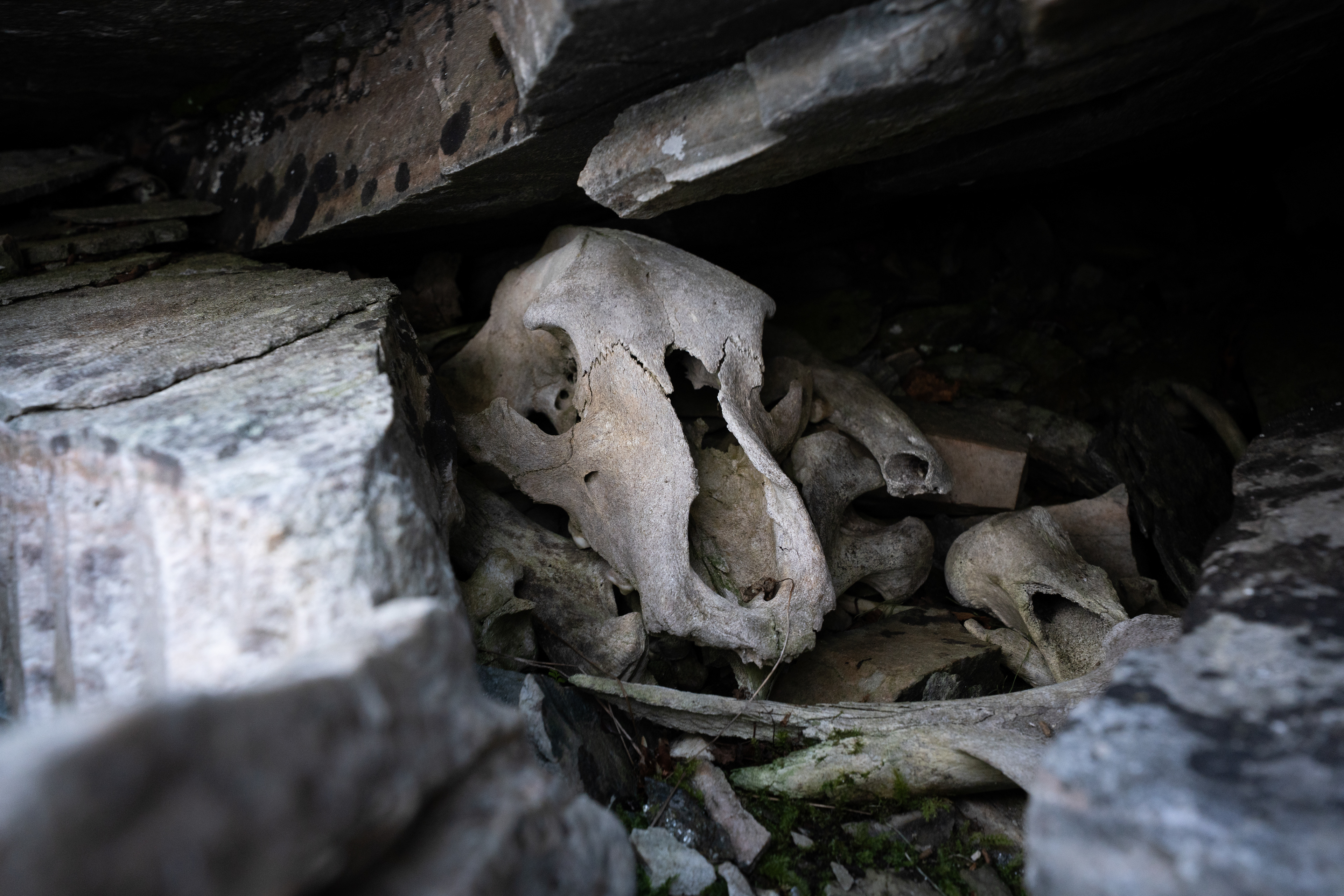
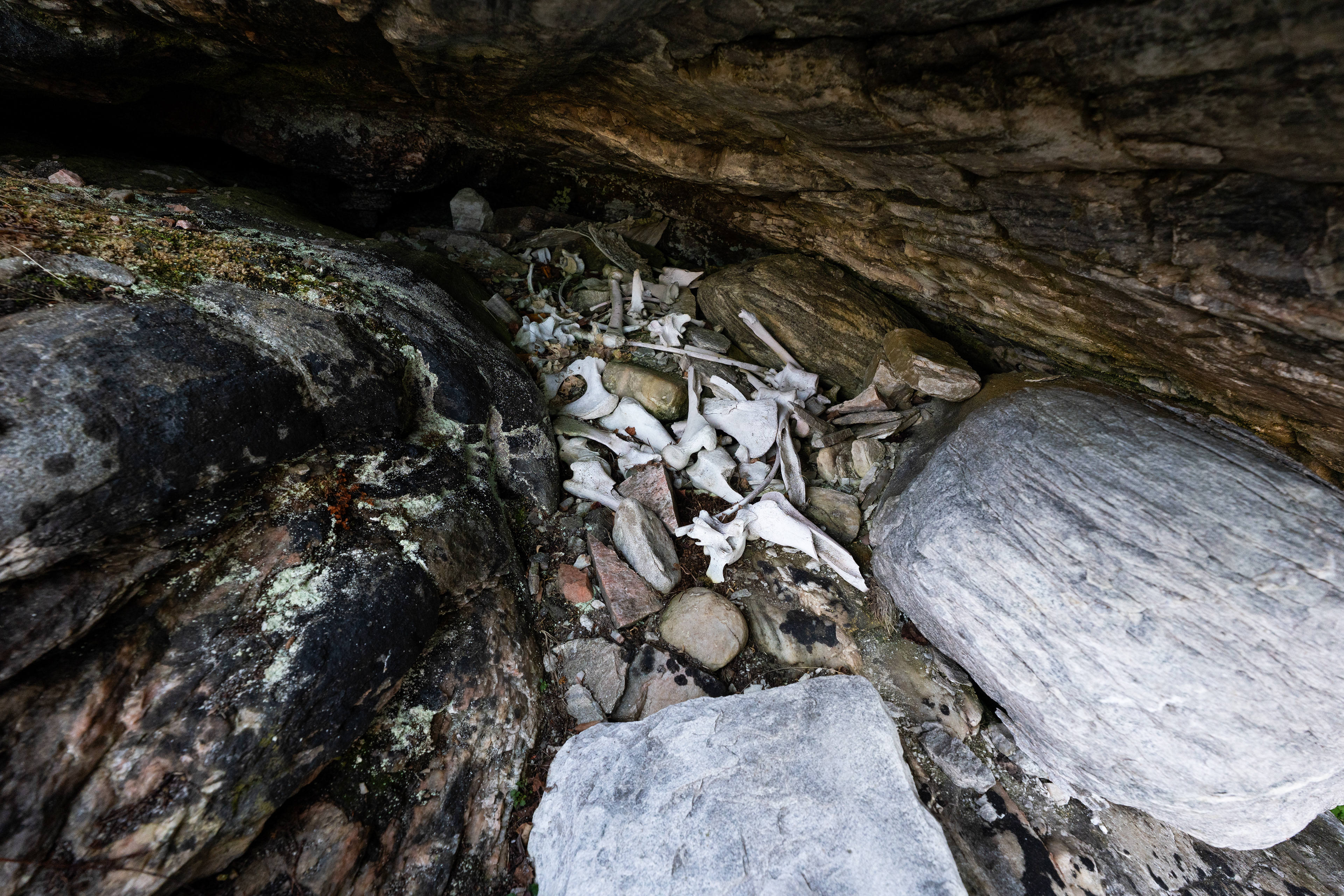
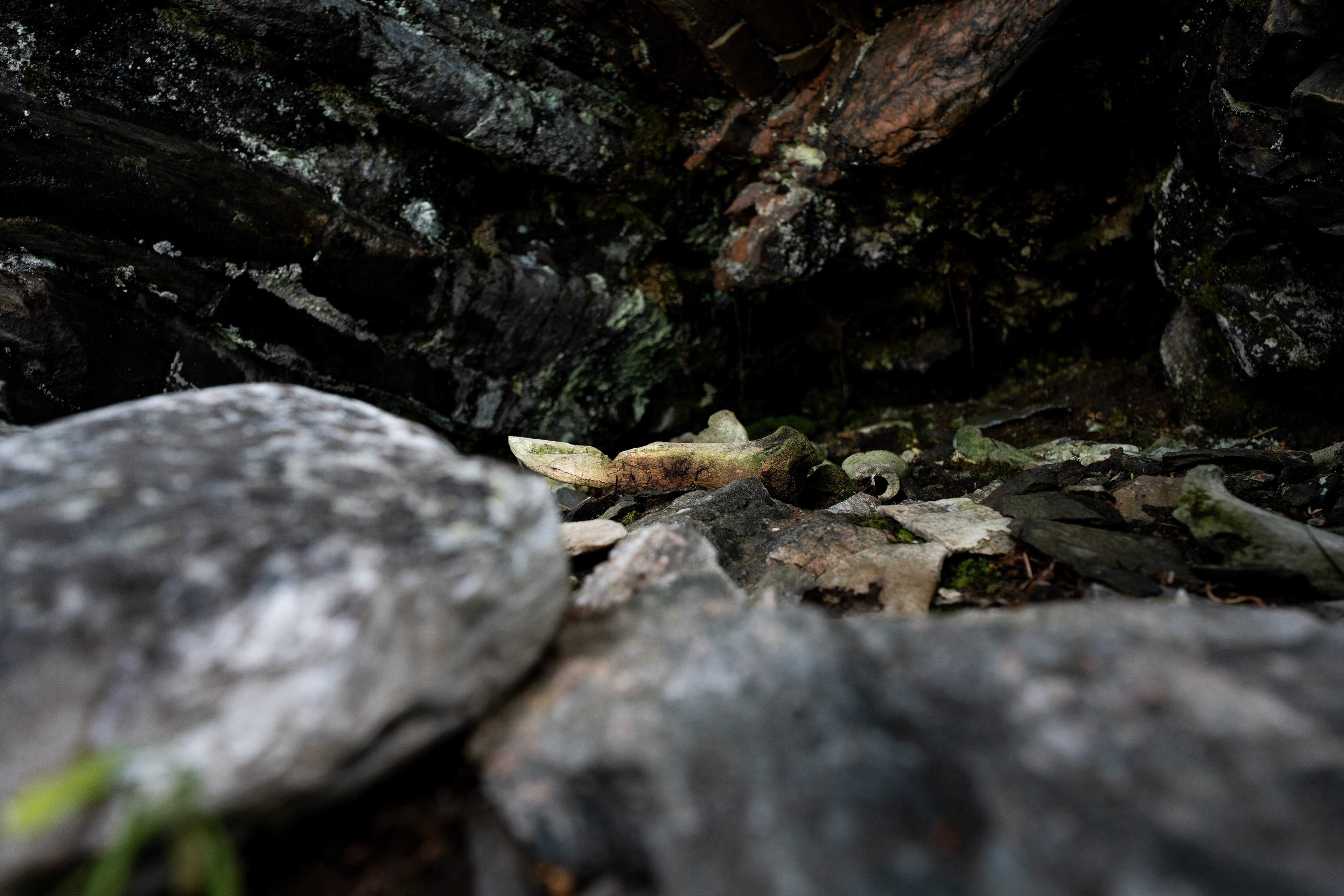
Bear Graves, Spildra - The carbon dating positions the bear skeletons between 1000 and 1300 AD.
The Bear cult is a special sacrifice practiced in traditional cultures of the North such as Native Americans and ethnic groups of northern Eurasia.
Spildra contains the biggest concentration of bear graves in all Scandinavia : out of 30 bear graves in Norway, Spildra has 7.
When they killed a bear, the Sami would make a big celebration as it was an important event for the community. Everybody would gather and consolidate their knowledge and traditions. For instance, women would sing to accompany the hunters while carrying the animal.
Sami Houses
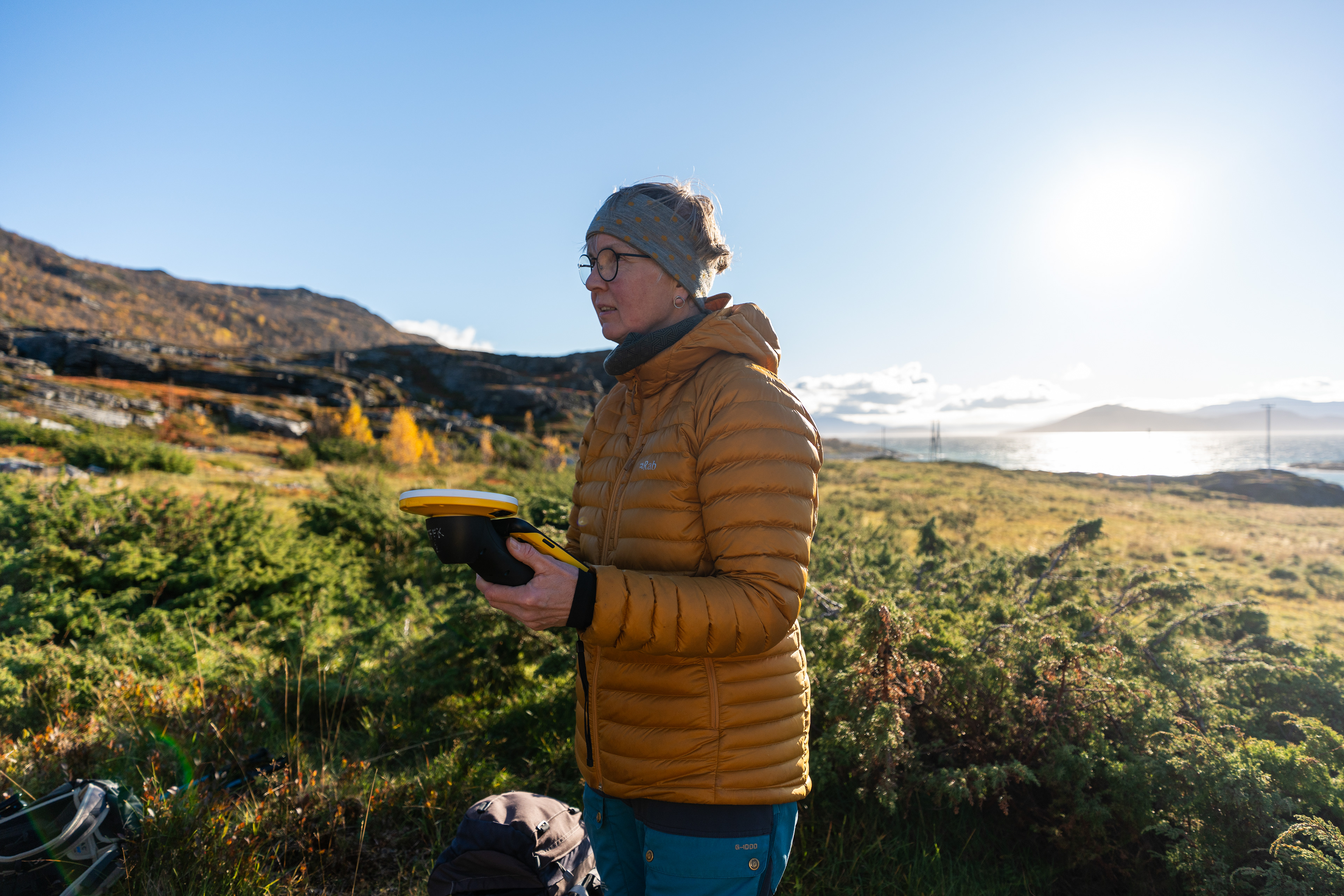
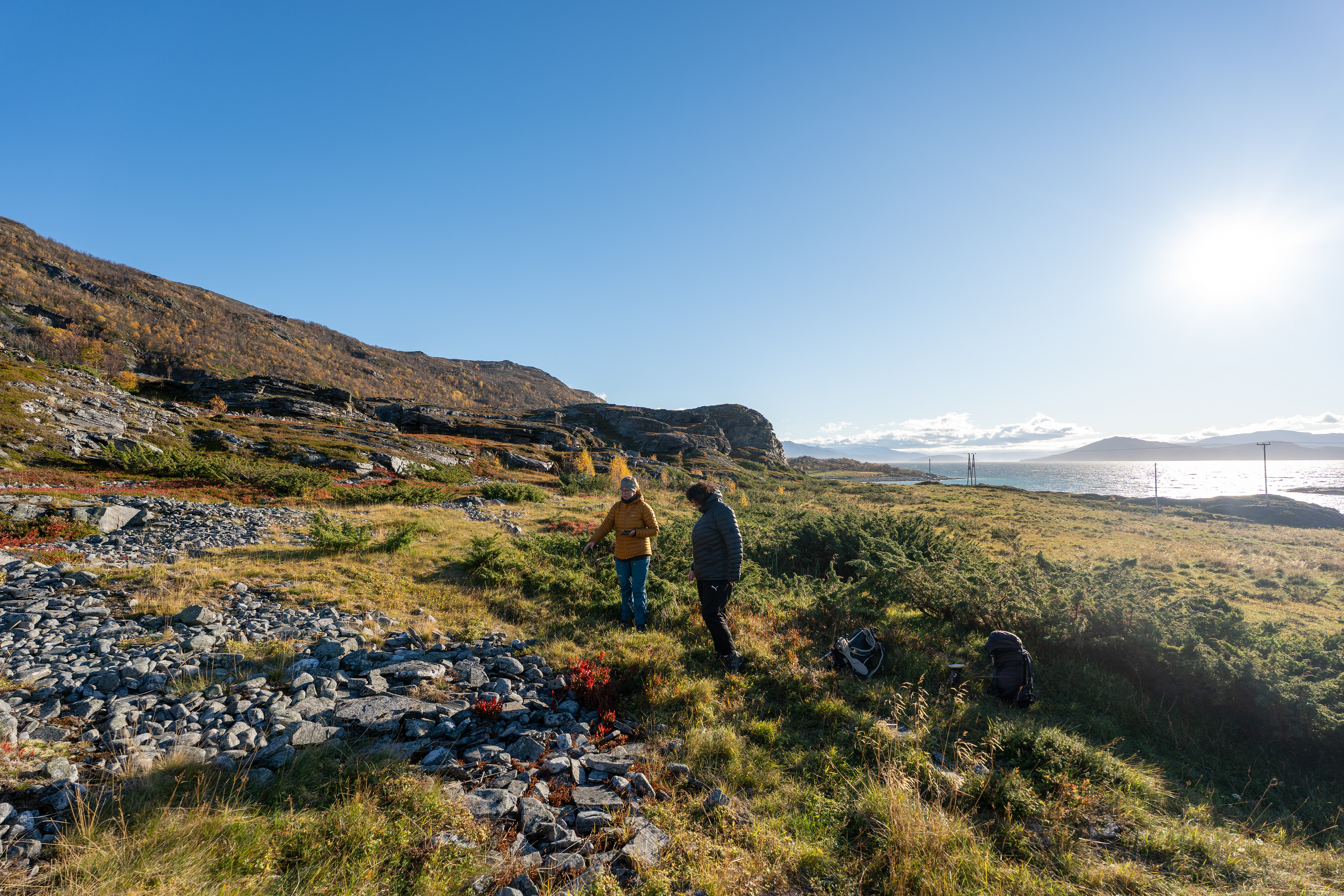
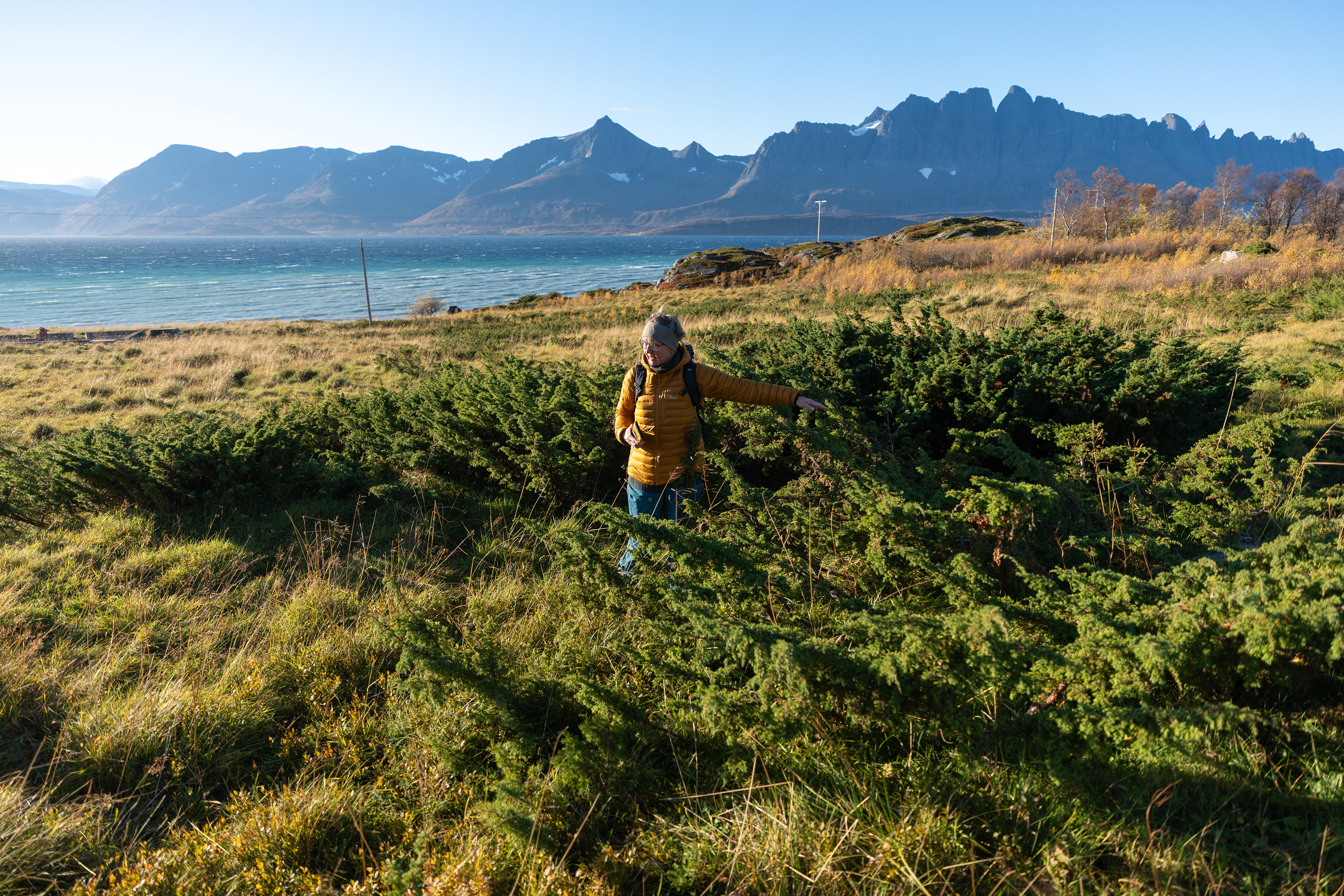
But today, Ingvild and Marit came to document the lengths of these shapes on the ground. The round recesses on the floor are traces left by the Sami houses called Turf Huts or Gamme.
Thanks to Marit’s tools, she can mark her steps on the map enabling the measurements of these houses from the past.
Some of these traces date back to the Neolithic period. The Gamme were made out of wood and turf. The Sami kept the heat with a fire placed in the middle of the floor and laid on the ground with their feet closer to the fire creating thus a star shape.
Gamme / Turf Hut - Spildra
Fire in the Gamme.
References
Spildra - taking the past into the future by Ivar Bjørklund and Sven Erik Grydeland